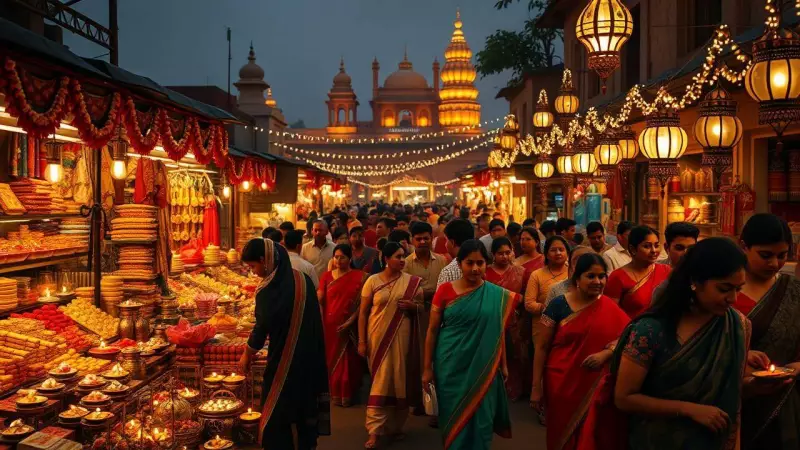
This Diwali, India witnessed an illuminating shift in its energy consumption patterns that defied traditional expectations. Instead of the characteristic power demand spike that typically accompanies the Festival of Lights, the country experienced a slight but significant drop in peak electricity usage.
The Numbers Tell the Story
According to recent data analysis, India's peak power demand during the Diwali period registered at approximately 165.89 GW, marking a noticeable departure from previous years' trends. This represents a meaningful deviation from the anticipated surge that power utilities typically prepare for during major festivals.
What's Behind the Unexpected Dip?
Several factors contributed to this unusual pattern:
- Conscious Energy Conservation: Growing environmental awareness among citizens
- LED Revolution: Widespread adoption of energy-efficient lighting solutions
- Weather Conditions: Milder temperatures reducing cooling requirements
- Behavioral Shifts: Changing celebration patterns post-pandemic
Grid Stability and Management Benefits
The reduced peak demand provided much-needed relief to the national power grid. System operators reported improved grid stability and better management capabilities during what is traditionally one of the most challenging periods for India's energy infrastructure.
Broader Implications for Energy Policy
This development offers valuable insights for future energy planning:
- Validates the effectiveness of energy efficiency programs
- Highlights changing consumer behavior patterns
- Provides data for better grid management strategies
- Supports renewable energy integration planning
The Diwali 2024 power consumption pattern serves as an encouraging indicator of India's evolving energy landscape, demonstrating that festive celebrations and sustainable practices can indeed coexist.





